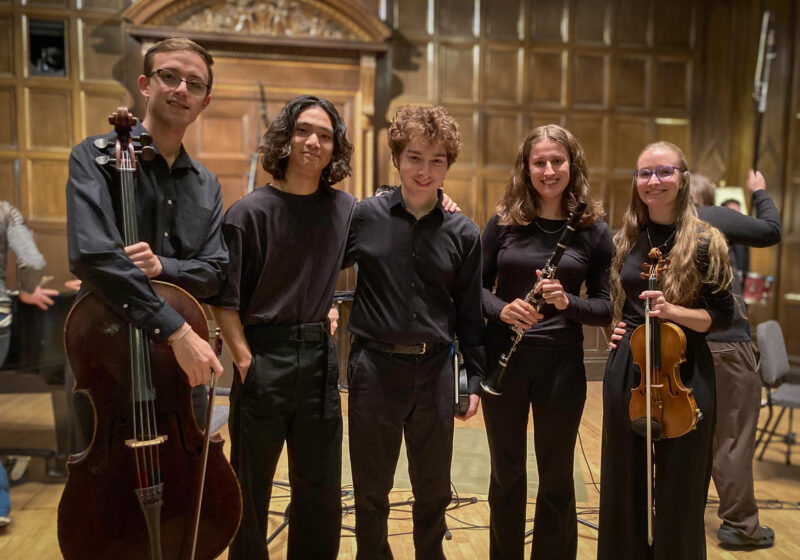To the uninformed bystander, the dance itself may appear like well-executed contortionist karate or some unique form of Tae Bo, but to those who love the innovative new activity, Capoeira Mandinga means a lot more than just a few snazzy moves on the dance floor. Elements of dance, martial arts and cultural influence all entwine in this new form of expression adopted by UR in a club sport devoted solely to its practice. While most dance enthusiasts are used to the technical terms of pirouettes and plis, it is not unusual to see a skilled Capoeirista spinning gracefully on his head or floating seamlessly during an upside-down backflip, and the showy nature of the practice has garnered it numerous fans.
The new martial arts dance club is led by president and sophomore Brad Orego, who explained that it entails much more than fancy footwork. “There’s no doubt that Capoeira is more than just a martial art/dance form,” Orego said. “It’s a way of life, really. You learn new instruments, new songs, meet new people? and it really changes who you are as a person, aside from how you move.” Practicing often and intensely, the members of this innovative new club are more than dedicated to seeing it flourish on the UR campus.
The art itself is typically comprised of a main Capoeirista situated inside an outside circle of rival dancers, who alternate in “dueling” their main opponent. The intent, however, is not to harm the rival, but to display a more intense level of skill. Because of this, moves that would otherwise injure another dancer are fluidly blended into others, lending the martial art a meditative quality. A special introductory song is sung at the start by the mestre, or master, who watches over the performance, and that begins a preceding line of songs about encouraging rivals, histories of Capoeira and ceremoniously thanking ancestors.
Originally, the dance dates back to the 1500s, when enslaved Africans in Brazil practiced this blend of game and martial arts, continuing their celebratory culture that would otherwise become lost. Performing in secret in hushed spaces, it was a means of resisting cultural assimilation enforced by their owners. Once the African slaves were liberated, however, the dance was quickly associated with gang activity, and its practice was outlawed at the end of the 19th century. Finally, it was legalized in 1920, but not before its practice was largely run underground.
Nowadays, however, its emergence as a playful form of physical expression is applauded, as the fledgling arts group performed to an enthusiastic audience at the D’Lions 50th Anniversary show earlier this year. The group has shows scheduled for Earth Day and is considering dancing at the Newman Cup on April 4.
Members also intend to practice on the Academic Quad during warmer weather so that students passing by on their way to class can appreciate the new dance aesthetic. Its performers are grateful for the opportunities to showcase their immense talent as Orego expressed his gratitude and excitement at these later events. “Capoeira is a showy art in its nature, so anybody walking by looks at us and thinks, ‘Hey, that’s kind of cool,’ but getting little spots in small venues has helped out a lot,” he said.
And with these highly anticipated events planned for later, the flashy moves of the skilled Capoeiristas and the community’s approval for more, the Capoeira dance team is more than ready to make its next move.
Titus is a member of the class of 2011.




